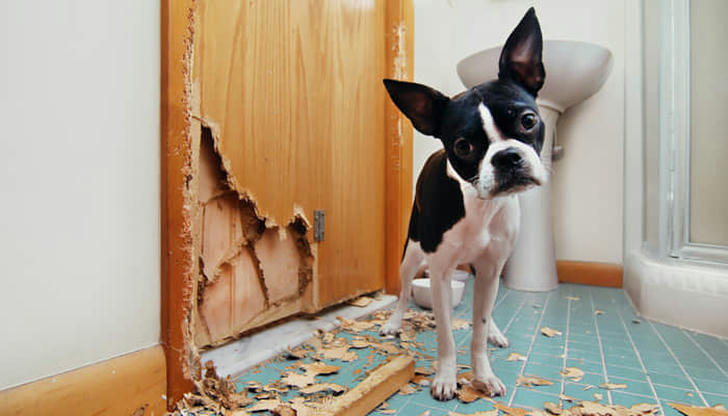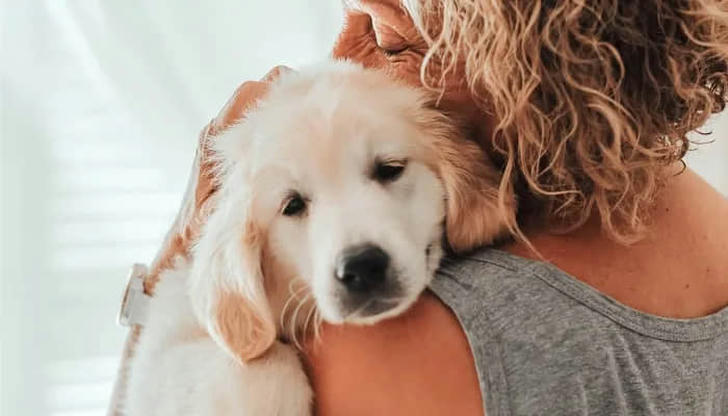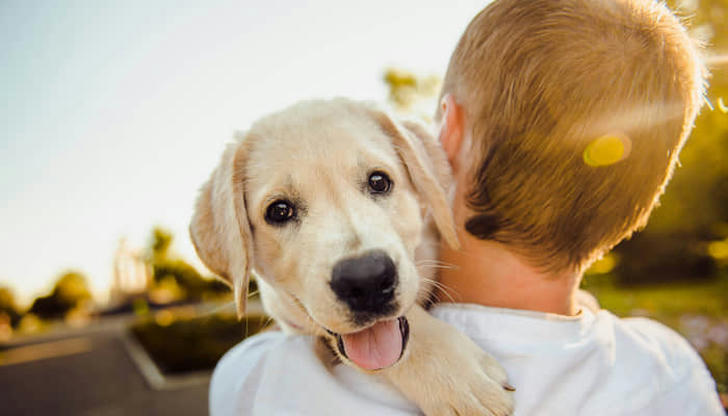How to Help a Dog with Separation Anxiety
If you've ever come home to find your dog trembling, drooling, and looking absolutely terrified, it’s clear that something isn’t quite right. The house might be in disarray, with chewed-up remote controls and shredded cushions, and your dog might seem like they're in panic mode. While it’s normal for dogs to miss their owners, this kind of behavior points to something more serious: separation anxiety.
Dealing with a dog that has separation anxiety can be heart-wrenching and stressful, not only for your pup but for you as well. The good news? With patience and the right approach, separation anxiety can be managed. Let’s explore what it is, how to recognize it, and most importantly, how to help your dog overcome it.
What Is Dog Separation Anxiety??

Separation anxiety is a condition where a dog experiences extreme distress when they’re separated from their owner or primary caregiver. Think of it as the canine equivalent of a panic attack. According to Tina Flores, a certified separation anxiety trainer, it’s similar to what a human might experience if they had a deep fear of heights and were placed on a tall building. The heart races, the body reacts, and panic sets in.
For dogs, this reaction can range from mild signs like whining or pacing, to more severe symptoms, such as self-harming when trying to escape or damage to household items in an attempt to reunite with their owner. Unfortunately, there's no quick fix, but with a systematic approach, it’s possible to help your dog feel more comfortable being alone.
How to Help a Dog with Separation Anxiety

Managing separation anxiety is a long-term process that requires time, patience, and consistency. Here's how you can get started:
1. Seek Professional Help
The first step in helping your dog is to consult a professional. Separation anxiety can be tricky to handle on your own, especially if the symptoms are severe. A certified separation anxiety trainer (CSAT) or a veterinary behaviorist can guide you through the process and provide a tailored behavior modification plan. Positive reinforcement techniques should be at the core of the treatment plan to ensure a kind and effective approach.
2. Behavior Modification: A Gradual Process
The key to treating separation anxiety is changing your dog's perception of being alone. This is done through a process called behavior modification, which involves desensitizing your dog to the act of being left alone.
One common technique is systematic desensitization, where you gradually increase the amount of time you are away. The goal is to start small—leave the room for just a few seconds and then return before your dog begins to show signs of stress. Slowly, over time, you can extend the duration. It’s important to stop the process if your dog starts to panic and scale back. This step-by-step approach helps your dog learn that you will always come back, even if you're gone for longer periods.
Another important aspect of behavior modification is addressing the cues that trigger anxiety. For example, dogs often associate specific actions—like picking up your keys or putting on your shoes—with you leaving. To avoid triggering anxiety, practice these actions without leaving, so your dog doesn’t start to feel anxious every time they see these cues.
3. Never Leave Your Dog Alone for Long Periods During Training
During the training process, it’s crucial that your dog is never left alone for long stretches, as this can undo the progress you've made. Even if you can't be at home, you can ask a friend, family member, or a dog walker to step in. The more consistent you are with not leaving your dog alone for extended periods, the better their chances of overcoming the anxiety.
4. Exercise Your Dog
Mental and physical exercise is another great way to help alleviate separation anxiety. Dogs with mild separation intolerance (a less severe form of anxiety) can benefit from extra stimulation before being left alone. Engaging your dog in play or providing challenging puzzle toys can tire them out both physically and mentally, making it easier for them to settle when you leave. Trick training, like teaching them to “spin” or “high five,” can also serve as a form of mental stimulation and build their confidence.
5. Interactive Toys: A Mixed Blessing
Interactive toys, like treat-filled puzzle toys, can be a helpful distraction for dogs with separation intolerance. However, if your dog’s anxiety is more severe, food-related toys might become a cue that something bad is about to happen. If your dog is associating the toy with your departure and their ensuing panic, it may be best to avoid using them during training.
6. Consider Medication
In cases of severe separation anxiety, medication might be necessary. Dr. Arielle Schoenlein, a veterinarian at Quakertown Veterinary Clinic, explains that medications like fluoxetine (anxiolytics) or trazodone (event-specific medication) can help reduce anxiety. These medications are typically used in combination with training to make the process more manageable and effective. Medications can’t cure separation anxiety, but they can lower the anxiety threshold enough to allow your dog to respond more effectively to training.
7. Is There a Cure for Separation Anxiety?
It’s important to understand that while separation anxiety can often be managed, it’s rarely “cured” completely. The aim of treatment is to help your dog cope better with being alone and to reduce the intensity of their reactions. With time and consistency, your dog can learn to feel more relaxed when you leave, but it may always be a part of their emotional makeup.
Separation anxiety is a slow journey, and progress can sometimes feel discouraging, especially when changes happen at such small increments. However, with the right support, many dogs improve significantly, and some even manage to cope on their own after months of training.
Final Thoughts

Helping a dog with separation anxiety is challenging, but it’s absolutely possible with the right tools and strategies. The key is to take a calm, patient approach and seek professional guidance when necessary. Remember, there’s no “quick fix,” but with dedication, your dog can learn to feel more secure when you’re not around.
Whether you’re dealing with mild anxiety or a more severe case, there’s hope for improvement. As Tina Flores says, “Recovery is possible,” and with time, your dog can learn to relax and trust that you will always come back.
